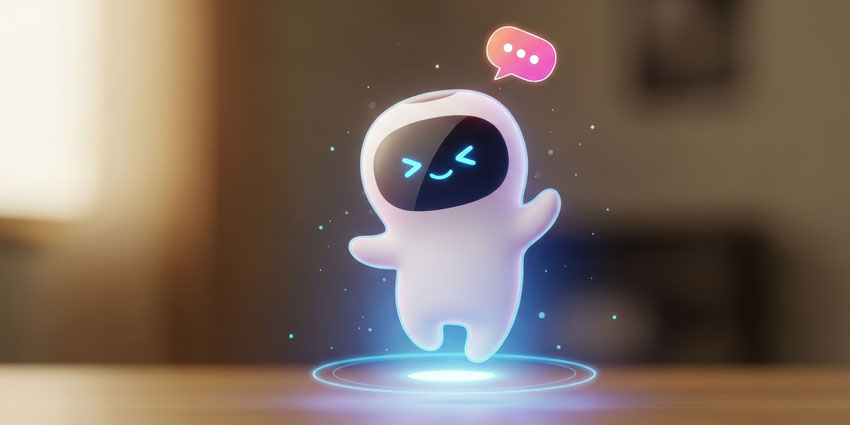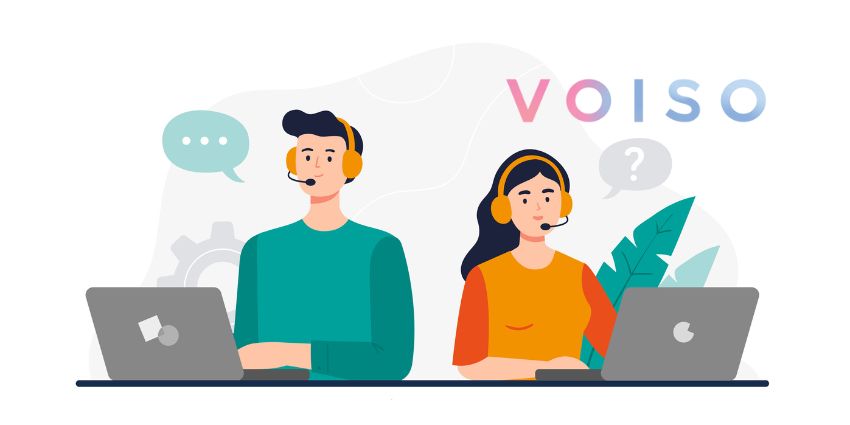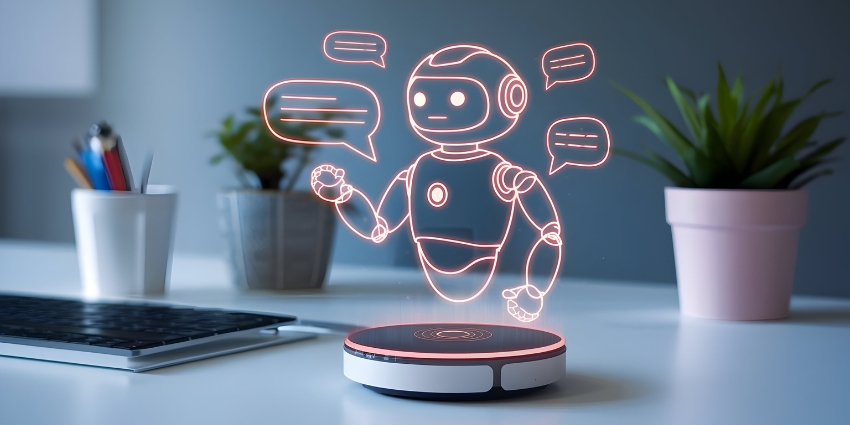In 2010, two brothers from Richmond, Virginia, frustrated at never-ending customer service wait times, launched an app designed to hold a customer’s place in line using a bot. LucyPhone caused a stir among clients and call centers, and although it’s no longer available, it foreshadowed today’s machine customers, which are threatening to revolutionize the CX industry.
Users tasked LucyPhone to take their place in a phone queue while they waited for a human representative. The app relied on customer service agents to prompt the bot to alert the caller that they’d reached the front of the line. Many agents, upon hearing a robotic voice, simply hung up. The Inland Revenue Service went further, instructing all its agents to terminate any calls from LucyPhone bots.
The app was the latest iteration of vendor relationship management (VRM), a term first coined in 2000 and popularized by blogger and journalist Doc Searls.
“Conceptually, we’ve been here for decades, this notion that consumers need a way to have a force multiplier on their side in the same way that brands use technology as a force multiplier,” Ian Jacobs, VP and Lead Analyst at Opus Research, tells CX Today.
However, that concept was never followed by a concerted technological movement, according to Jacobs, until the recent introduction of generative and agentic AI brought the idea closer to reality.
The Quickening Pace of Machine Customer Development
This year, several major companies have launched significant forays into machine customer technology. In January, Google unveiled an experimental new feature called “Ask for Me,” which enables users to task an AI agent to call businesses and make enquiries on their behalf. And in July, Walmart announced plans to introduce AI-powered “super agents,” intended to improve customer experience.
That trend is expected to continue. Gartner predicts that by 2030, 15-20% of revenue will come from machine customers.
“I expect that these capabilities will continue to advance quite rapidly over the next two to three years,” Daniel O’Sullivan, Senior Director Analyst at the Gartner Customer Service Practice, predicts. “Younger generations, millennials, and Gen Z, have told us that when it comes to, for example, trying to resolve a customer service issue, their preferred starting point is to use a generative AI channel of some kind.”
As more people delegate tasks to agentic AI, customer service providers will face the same choices agents encountered when LucyPhone appeared on the other end of their calls in 2010. Organizations may follow the IRS’s example and refuse to interact with non-human customers.
Given the compliance, privacy, and legal issues that may arise, that would be the simplest solution, but O’Sullivan says they run the risk of falling behind competitors. “I think you’re battling against the tide if you dig your heels in and say that’s what you’re going to do, because customers will do whatever they want,” he says, adding that customers will see this as a way to make everything “easier and more convenient.”
How Will Machine Customers Impact CX?
The rise of machine customers could significantly shift how organizations provide customer experiences. Call centers can expect an increase in the volume of incoming calls, as consumers use tools like Google’s Ask for Me to make enquiries they don’t have time to pursue. But more worryingly, the value of their calls may decrease sharply.
Human customers offer some very tangible advantages that have, until now, been taken for granted. In a conversation with a human, agents can reinforce relationships, upsell products and services, and receive valuable feedback.
“[Organizations] might wake up to a moment where they no longer really have a connection with their customers at all, and they don’t necessarily even know what their customers want, and so then they’re kind of flying blind, and their opportunities to upsell and drive revenue, retention and growth, become much more challenging,” O’Sullivan says.
An influx of machine customers may also necessitate a redesign of infrastructure across organizations. For example, websites are currently built to appeal to the human eye, drawing them in through thought-out design and a carefully constructed customer journey. AI agents simply want data. The same applies to call centers.
“Companies will need to rearchitect their customer experience, which was going to be personalized, ensuring that it’s designed not just for emotion or empathy because that’s what the humans were taking care of,” Rishi Rana, CEO of Cyara, tells CX Today.
“This marks a fundamental shift from a human-centric customer experience CX model to one that also supports machines as decision makers,” he adds.
Many Hurdles Remain for Machine Customers
Although their increased use appears inevitable, the introduction of machine customers faces significant challenges.
The first is interoperability. Today, an AI agent can recommend restaurants based on a user’s dietary preferences and other factors. However, it can’t purchase ingredients for a homemade meal using the same personal data. “The first steps are there: the intelligence to understand you, your preferences, your needs, and take instructions with the right kind of guardrails are there. But the commerce part isn’t,” Jacobs says.
That issue will most likely be ironed out in the future as interoperability is usually achieved over time. SMS messages initially faltered between network carriers and operating systems, but now work flawlessly.
Privacy, legal, and compliance issues cause more concern. Jacobs asks:
How do they trust that the bot placing the order on Instacart is actually me?
He continued: “If it’s only buying $45 worth of stuff. Is that a big deal? Maybe we’ll let that go through. If all of a sudden it was $800 and it’s still a commerce purchase with something that needs a physical product that needs to be shipped, maybe you’re less apt to ship it until you get some human confirmation, which kind of ruins the point of the agentic nature of it.”
Should machine customers overcome these issues, there will be fierce competition in the space. Companies like Google, Microsoft, OpenAI, and others will fight it out for market dominance, while many organizations may take the same approach as Walmart and offer their own agents rather than deal with a host of external bots. “I personally think Google may be in the best place to win here, because they’ve already got their ecosystem, which contains a lot of your data already,” says O’Sullivan.
Whoever comes out on top, the CX industry must be prepared for a new era of machine-to-machine interaction, where holding a place in line is the very least of a bot’s capabilities.






